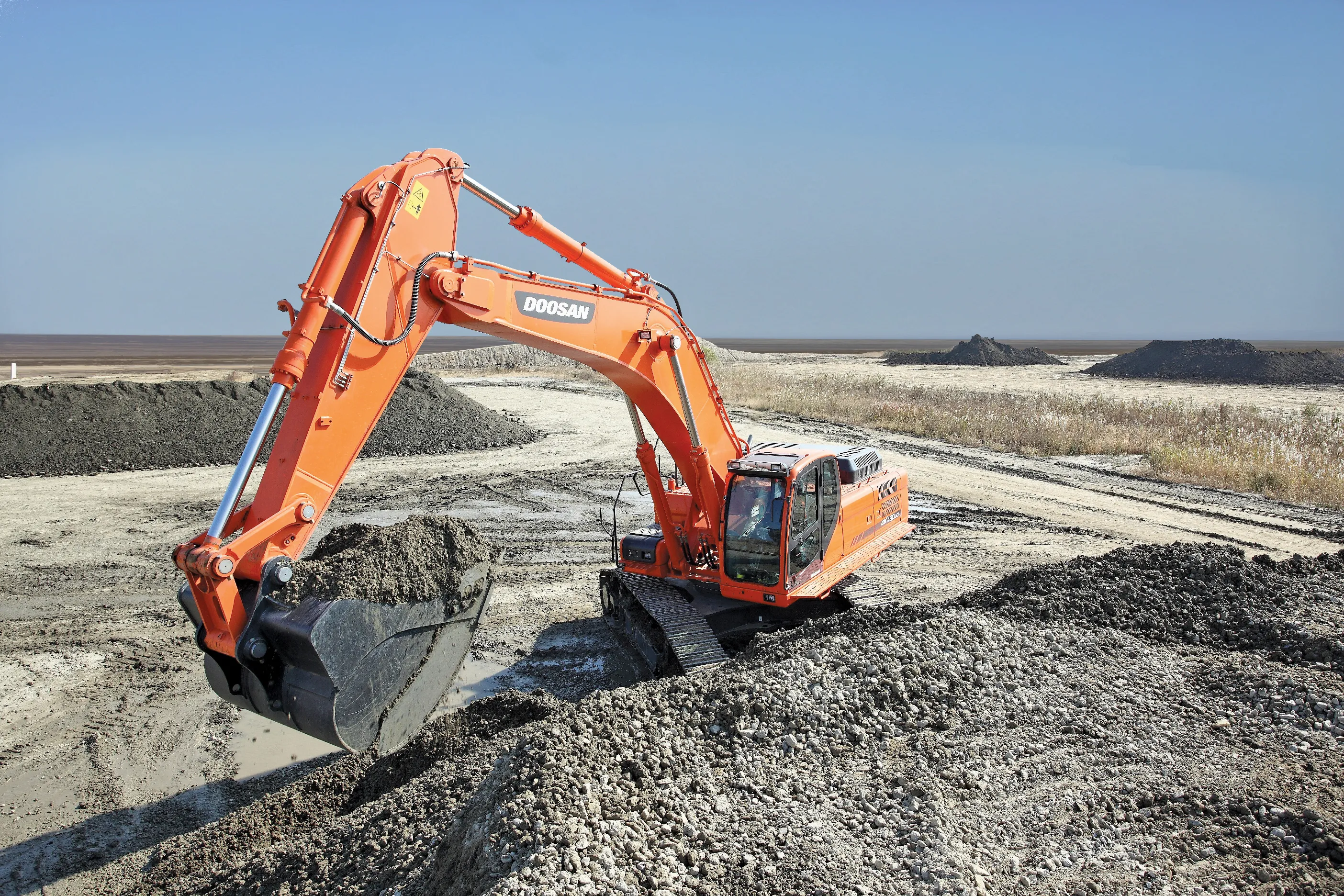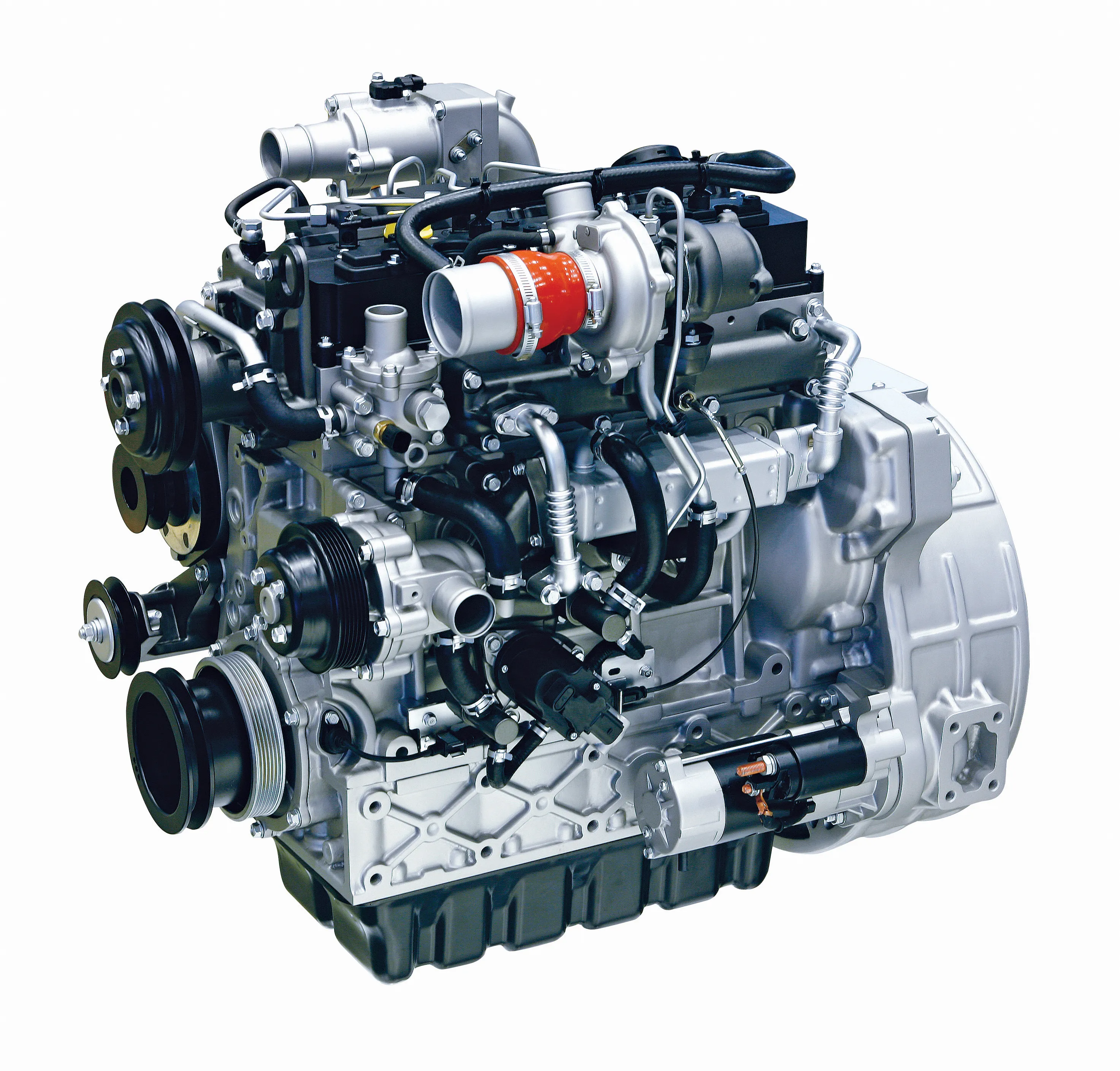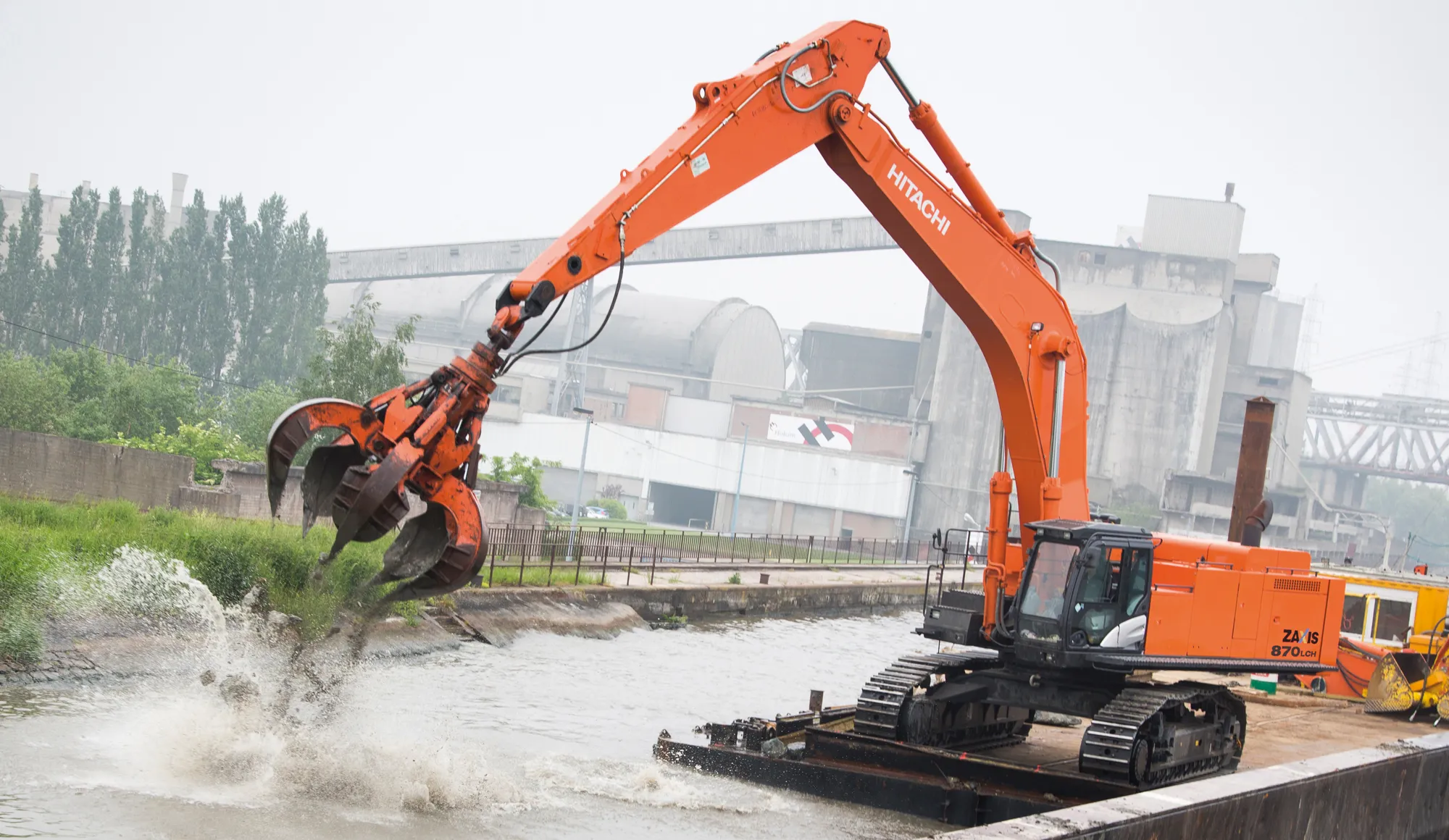Doosan Construction Equipment has launched the new 48tonne DX480LCA and 51tonne DX520LCA large crawler excavators for markets in the Middle East and Africa (MEA). This is the latest phase in the launch of the new LCA generation of Doosan crawler excavators for MEA, replacing the previous SOLAR range, which began in 2012 with the introduction of the new DX225LCA, DX300LCA and DX340LCA models and is due to be completed by the end of 2013. The DX480LCA model is a mass excavation machine fitted with an extra he
May 28, 2013
Read time: 2 mins

This is the latest phase in the launch of the new LCA generation of Doosan crawler excavators for MEA, replacing the previous SOLAR range, which began in 2012 with the introduction of the new DX225LCA, DX300LCA and DX340LCA models and is due to be completed by the end of 2013.
The DX480LCA model is a mass excavation machine fitted with an extra heavy counterweight and a short front end to deliver more break-out force for really tough digging jobs.
Both new excavators are powered by the Doosan DE12TIS six-cylinder air to air intercooler Tier II compliant diesel engine developing 238kW of power at 2,000rpm using a mechanical injection system.
Replacing the previous SOLAR range machines, all the LCA new generation machines share a common design said to be particularly suited to the specific needs of the Middle East and African markets.
In its standard configuration, the DX480LCA model offers a bucket capacity ranging from 1.71-2.86m3, while the standard version of the DX520LCA excavator offers a bucket capacity from 0.93-3.6m3.









